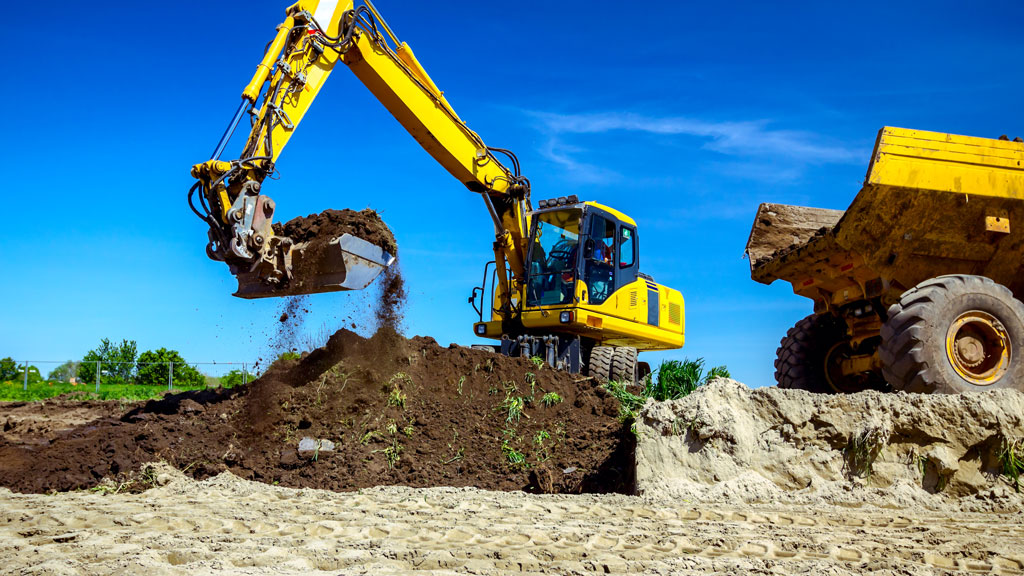When it comes to environmental remediation, no two jobs are alike. It could be a simple “dig and dump,” or it could require a multi-disciplinary approach with a variety of remedial technologies and project partners. Either way, the key to a successful project is having the right team of experts for the job.
The big question for many developers and project owners is: Where do I start?
It’s a good question, and a tricky one too. There are many variables at play and possibly even more consulting and contracting firms vying to help.
So how do you know where to turn? This Special to the DCN three-part series aims to help guide you through the process with part one exploring where to start.
Consultant versus contractor?
Environmental consultants are well known in the remediation world. In fact, if you type “remediation” into Google you’ll be served up a long list of environmental consultants with specializations in remediation work. What doesn’t pop up right away and requires significantly more scrolling are environmental contractors.
Both play a critical role in large-scale remediation projects but understanding what those roles are and how they contribute to the success of a project will go a long way in ensuring your project runs smoothly.
At a high level the process of remediation is straightforward. Many projects begin with an environmental consultant and a Phase 1 Environmental Site Assessment (ESA). This ESA is a historical inspection that looks for visual evidence of actual or potential contamination. If no contamination is discovered, then great, the developer or owner is on their merry way.
If, however, evidence of contamination is found, then a Phase 2 ESA is necessary to gain a better understanding of the condition of the land, groundwater and structures on the property. If contamination is confirmed, the next phase would be remediation and this is where an environmental contractor would get involved.
Eric Pringle, managing partner of Milestone Environmental Contracting, a Canadian firm with operations from coast to coast, recommends project owners engage with the environmental contractor early if they know from the start they’re dealing with a contaminated site.
“If we get involved before a job’s tender phase, we’re able to offer practical solutions to deal with the project’s known challenges and anticipate unforeseen conditions. Working alongside a client in a design-build scenario, we can help select the best remediation strategy for the job and ensure all dimensions of a project — environmental, budgetary and scheduling — are addressed.”
There is often some crossover in the roles that contractors and consultants play. For example, some consultants have in-house construction teams they use for straightforward remediation projects. And some environmental contracting firms have engineering capabilities. To further muddy the waters, some general contractors also offer simplified environmental services. There is no one-size-fits-all solution.
According to Jeff Westeinde, partner at Theia Partners and president of Zibi Development in Ottawa, what matters most from a developer’s perspective is working with a collaborative team of experts.
“Consultants, engineers, architects and contractors, they all play important roles in a remediation project. Ultimately, I want the best and brightest minds on my team. I would never do a project without an environmental consultant. By the same token, I’d never do a complex environmental project without a remediation contractor. And I would expect the two of them to work together to come up with the best possible solution.”
Teamwork makes the dream work, right?
It’s not rocket science, but it is environmental science, and that’s not too far off. So, if you’re not an environmental scientist, how do you know what to look for in an environmental contractor?
To answer this question, we reached out to environmental consultants, environmental contractors and a developer/project owner to provide the guidance on what to look for when hiring an environmental contractor.
This will be featured in parts two and three of this series.
Corinne Lynds is content director with ReNew Canada.











Recent Comments